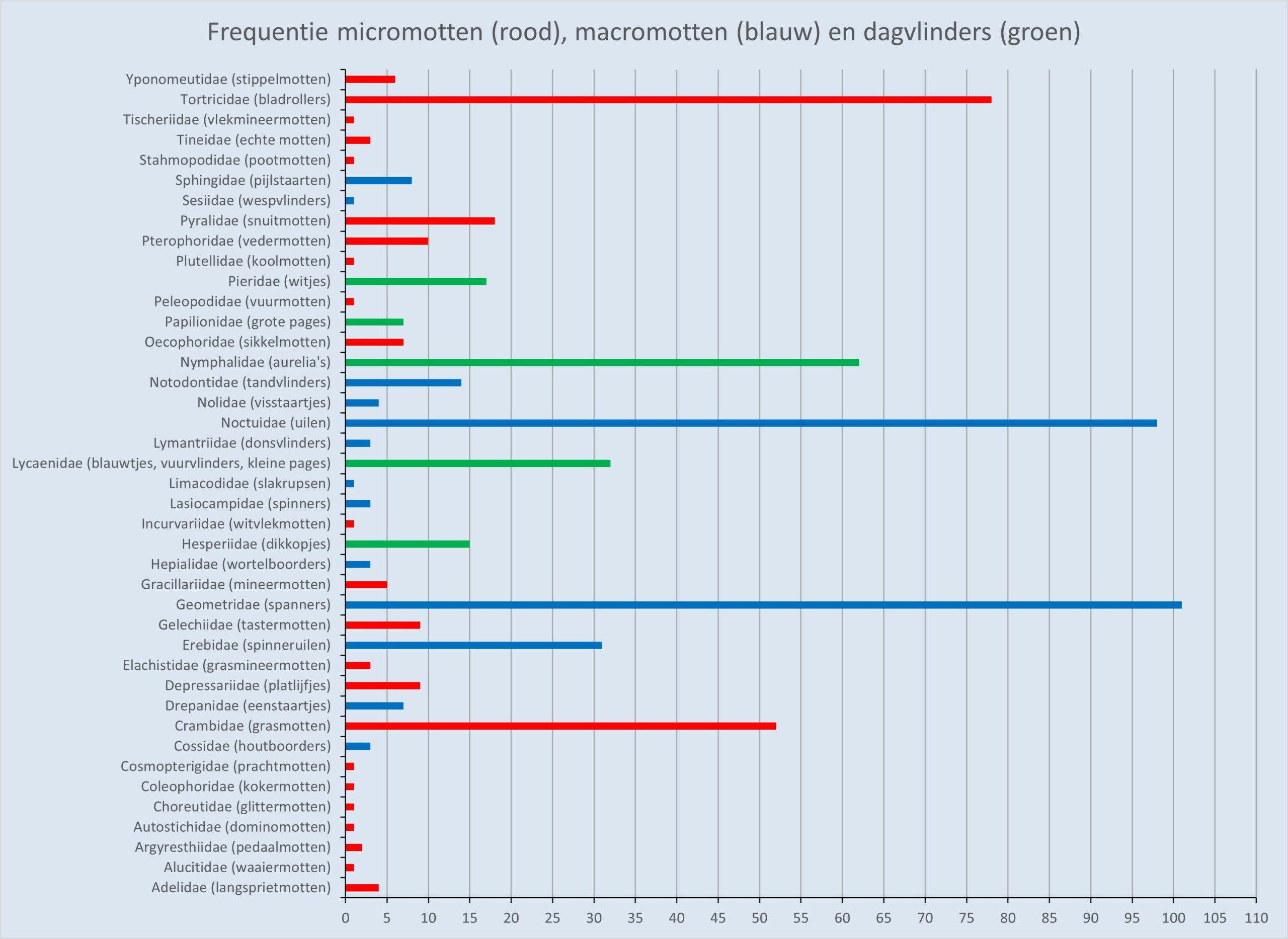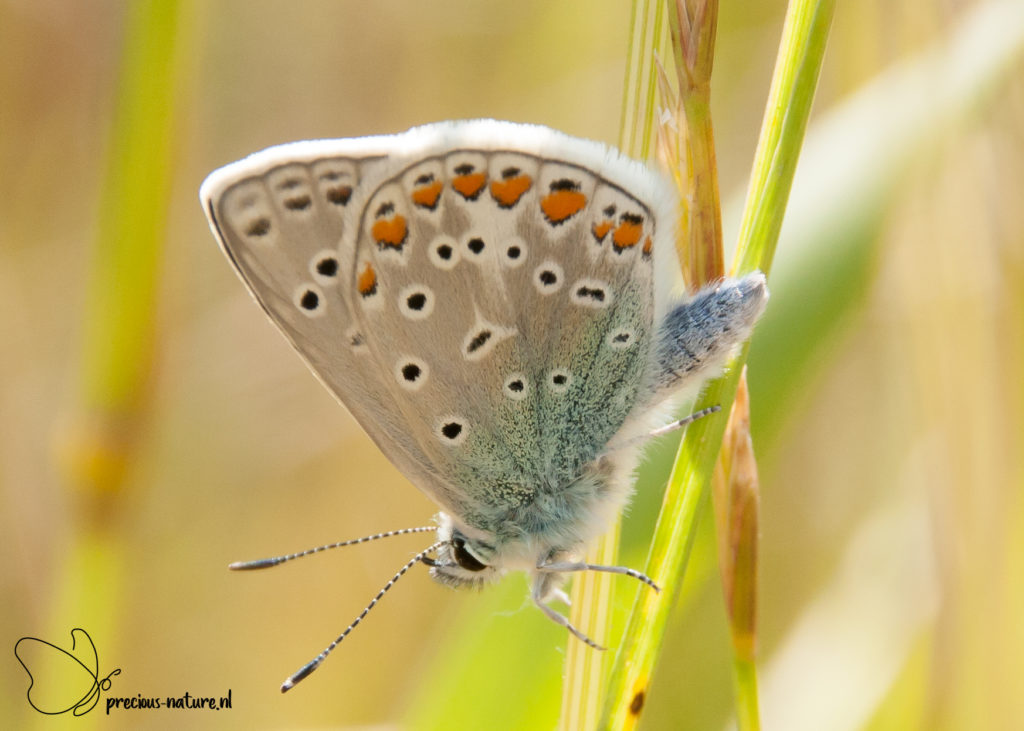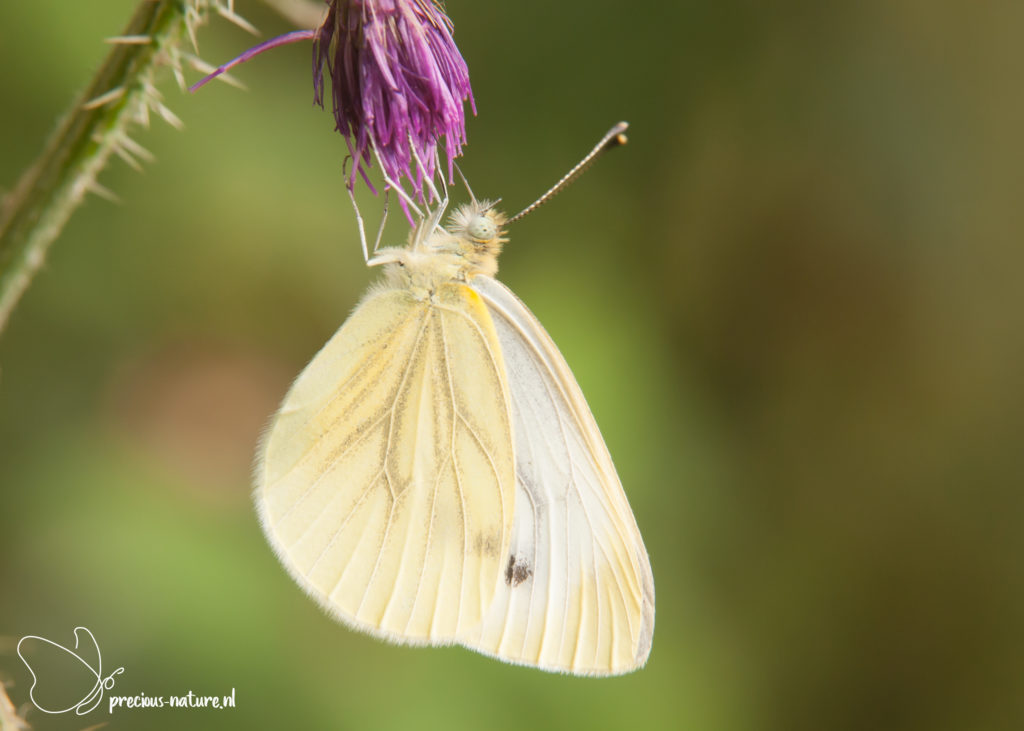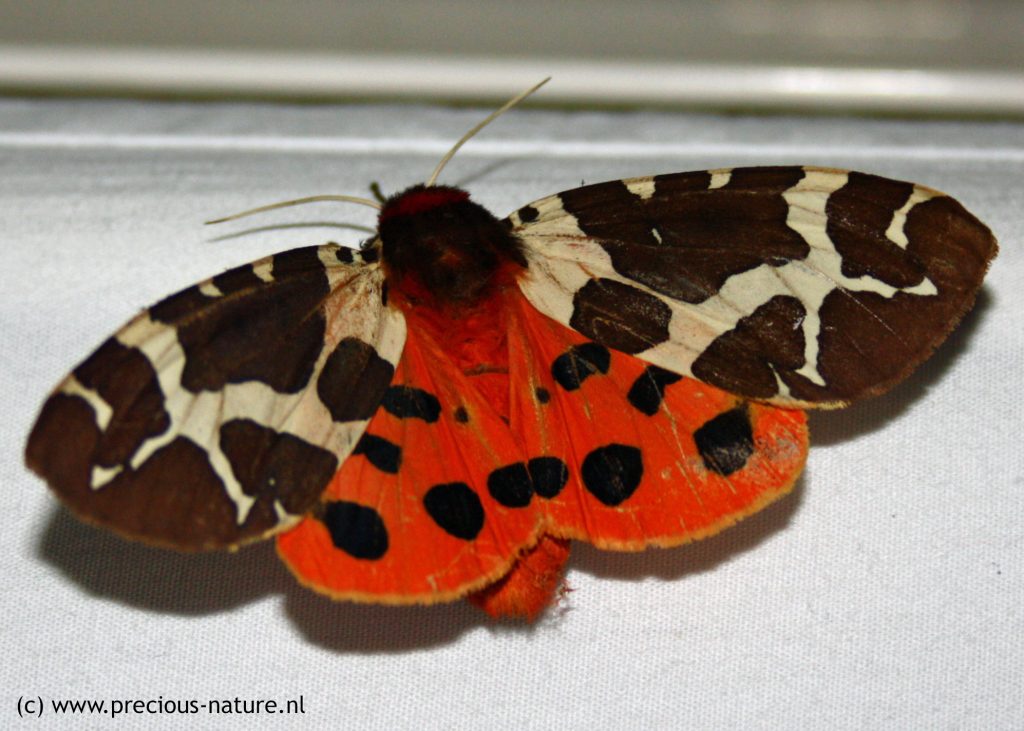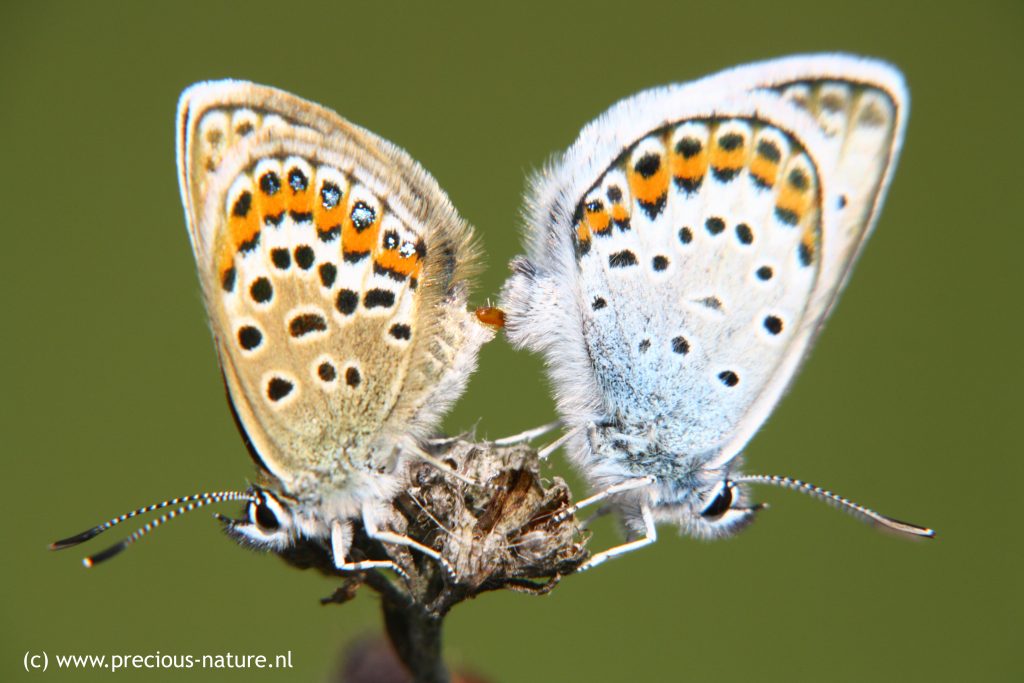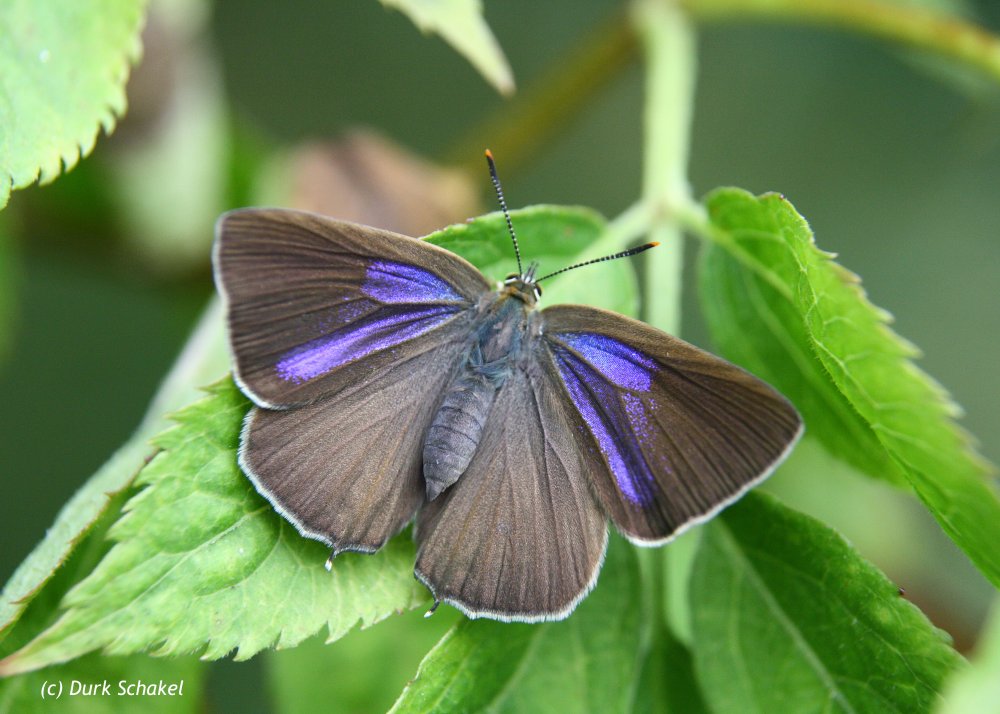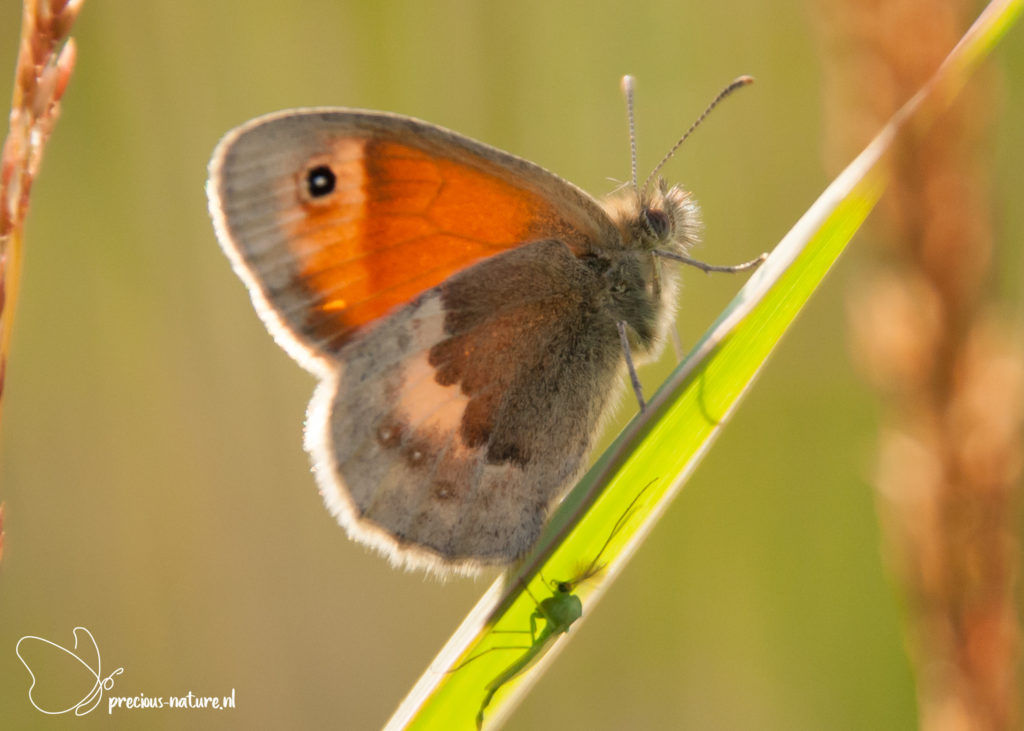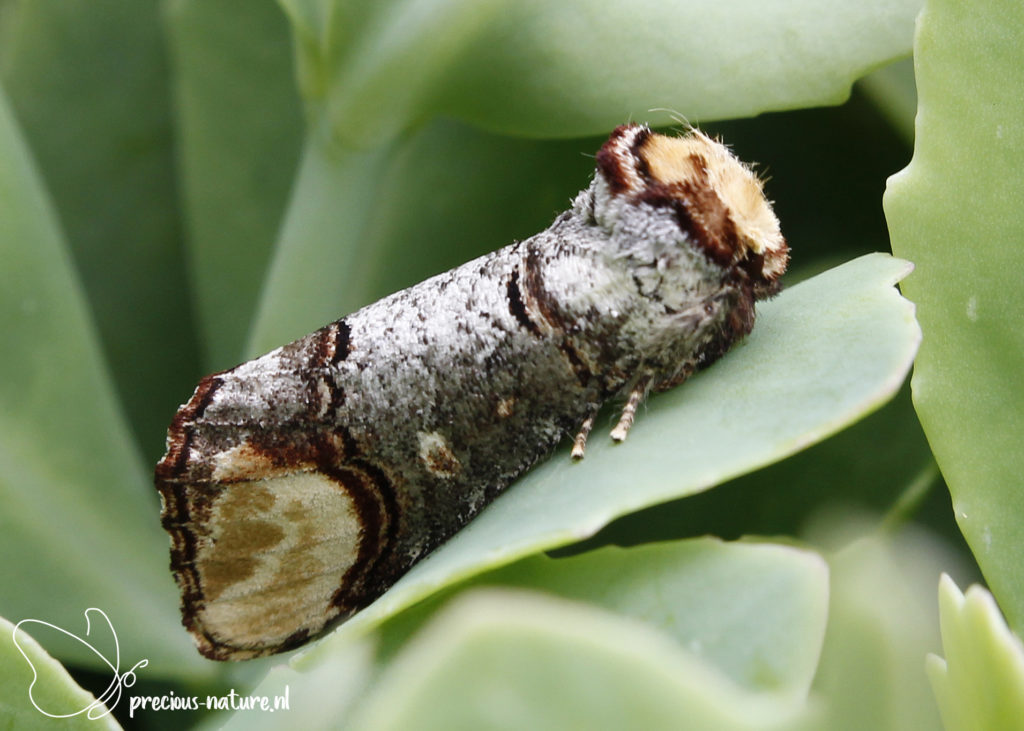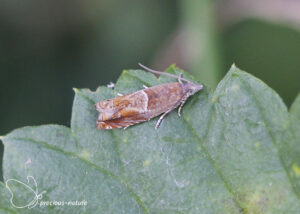My passion for nature has been strong from a young age. Stroll through the fields and sail on the lakes in the lake area in Southwest Friesland—free nature in optima forma. The butterfly has left a memorable impression. There are various colours and shapes, especially the transformation from caterpillar via pupa to a unique, precious, and tender life form. Over the years, I have photographed numerous species both at home and abroad. It was time to share this with others to initiate or expand this passion for this colourful phenomenon. All the butterflies I mention here have been spotted in the wild, so no butterflies and moths whirling around in domesticated gardens. Each butterfly is indicated by the year I spotted the butterfly or moth for the first time and, in brackets, the country where the sighting occurred. In addition to the butterflies and moths described, I have added, for your information, some more specific information about their build and taxonomy. I have also worked out the family tree with a direct link to the subfamilies in my collection.
I mainly use a Canon 600D, which I purchased in 2020, and I also have a Canon 1000D. As you gain more experience, you will better understand which lenses are best suited for macro photography. I once started with an 18-55 mm lens and, in 2014, switched to a Sigma 18-250mm Macro HSM lens with which I could capture most butterflies reasonably well. This was insufficient for the micro-moths because it is not a macro lens. I expanded this lens with an Achromat Macro-200(+5) 62mm conversion lens. Purchasing such a conversion lens is much cheaper than a new macro lens. In 2020, I bought a Tamron SP 24-70 mm F/2.8 lens, as I was not satisfied with the Sigma 18-250 mm lens and its conversion lens for photographing micro-moths. The sharpness and depth were so narrow and inefficient when you had to focus on a location with the wind influencing movement. Ultimately, I purchased an actual macro lens in 2023. The Sigma 105 mm with F/2.8 is the best purchase for me in terms of lenses for macro photography. This lens significantly improves the photos, allowing for lovely, sharp images to be taken without a tripod, and will enhance the quality of the published images.
Since 2017, the focus has also been on moths. This can be an exciting activity, especially the tension of which species will be attracted to the special light. With a stretched white sheet, I lure the moths using a unique lamp, a mini-lynx blacklight 20W, which emits UVA light. For photography, I switch to the Sigma 18-55 mm lens to avoid the shadow of the larger 18-250 mm lens when using flash or to the Tamron SP 24-70 mm. Sometimes, I use a 160W lamp with a luminous flux of 2735.
A few years ago, I built my moth trap. I could only place it at home because the mini-lynx blacklight required 220V. Since 2024, I have switched to an LED strip that emits a wavelength of 370 nm. Literature research shows that the wavelength range from 360 to 410 nm, in particular, works excellently for attracting moths. A 12V battery supplies the power, so the trap can now be placed randomly in the field.
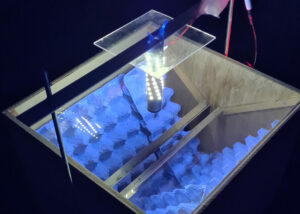
In December 2018, I believed it was necessary to create a contemporary logo that could serve as a watermark for my photos. With the idea to form a butterfly with my initials, the following logo was made (updated in 2023):

(c) 2023 – E.H. Schakel
The most recent count of species spotted is always in the right column. The distribution of spotted species per family up to and including December 31, 2024, is shown in the graph below (click to enlarge).

